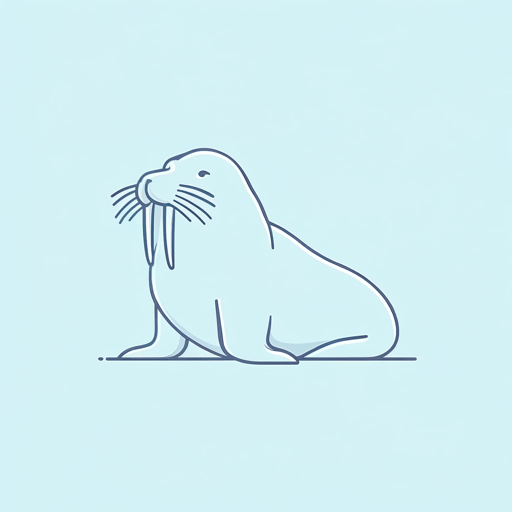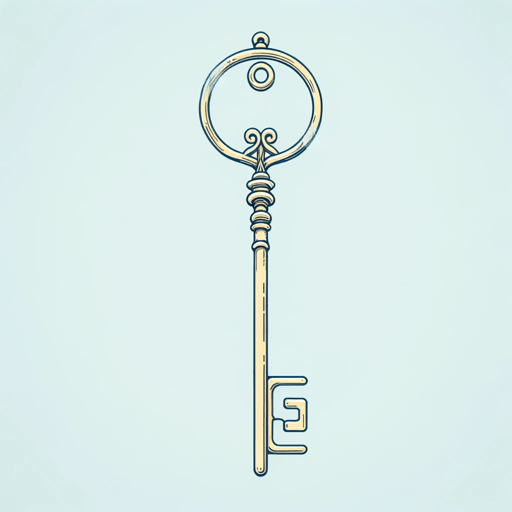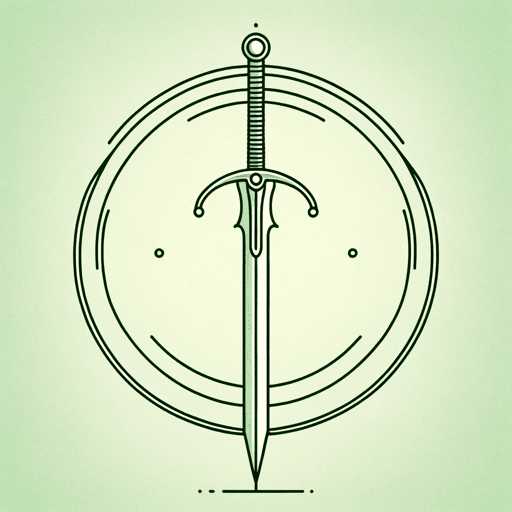22 pages • 44 minutes read
Lewis CarrollThe Walrus and the Carpenter
Fiction | Poem | Middle Grade | Published in 1871A modern alternative to SparkNotes and CliffsNotes, SuperSummary offers high-quality Study Guides with detailed chapter summaries and analysis of major themes, characters, and more.
Background
Literary Context: Through the Looking-Glass
Lewis Carroll published Through the Looking-Glass, and What Alice Found There in December 1871. This was the sequel to his novel Alice’s Adventures in Wonderland, which was published in 1865 and was immediately successful. In this second novel, Alice again enters a fantasy world, which she accesses this time by climbing into a mirror. She finds that in the looking-glass world, just as in a mirror, everything is reverse (even logic is backward). Through the Looking-Glass reprises the same nonsense style of literature that Carroll explored in Alice’s Adventures in Wonderland.
Several of Carroll’s most famous poems come from Through the Looking-Glass, including “Jabberwocky” and “The Walrus and the Carpenter.” The latter poem is recited within the novel by the twins Tweedledum and Tweedledee, characters Carroll borrowed from a popular nursery rhyme. The poem, in which a group of oysters are manipulated and betrayed by the Walrus and the Carpenter, reflects the broader themes and motifs featured throughout the novel, such as the reversal of the natural order and the dangers of blindly following those in authority. The poem displays Carroll’s penchant for using language for amusement as well as social commentary.
Related Titles
By Lewis Carroll




